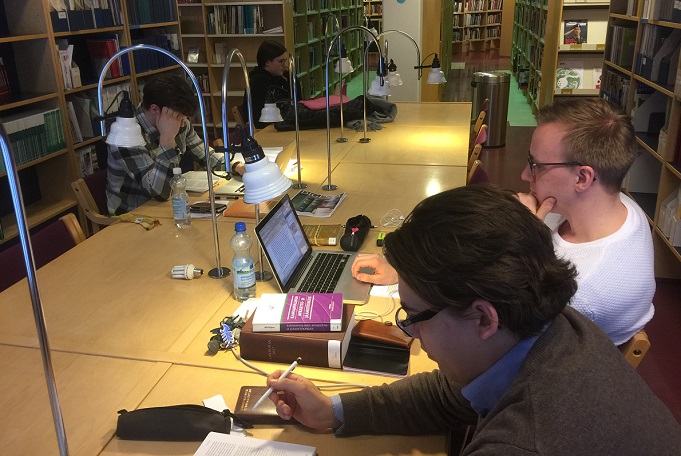Demand for higher education rises in Finland
Published : 08 Mar 2024, 02:24
Finland requires increasingly more education, particularly for engineering programs and service sectors, according to a recent report published by the Finnish National Agency for Education.
The report also said that the future need for education is also driven by the professionalisation of the workforce and a high rate of retirement in the social and health sectors, said the agency in a press release on Thursday.
The report anticipated how many new degrees will be needed across different levels and fields of education to meet future labor market demands. The anticipation period extends from 2019 to 2040.
The greatest need for additional education is in the field of engineering, requiring, depending on the scenario, between 16 500 to 19 000 new degrees annually. Currently, significantly fewer degrees (13,500) are being completed in this field, so, according to the anticipation, education needs to be increased by 22-41% from the current level.
The need for education affects all levels of engineering, but the relative greatest need is in university education. The number of university degrees needs to be especially increased in the fields of environmental protection technology, electronics, and automation, as well as construction and architectural design, to secure the supply of labor.
The relative greatest need for educational growth is in the service sectors, where an increase of 31-48% from the current level is needed. For example, in vocational education, more training is needed for household services and the hotel and restaurant industry's labor needs.
More education is also needed in health and well-being sectors, agriculture and forestry, as well as in social sciences.
However, degrees in commerce, administration and law, computer science and telecommunications, as well as humanities and arts are being completed somewhat more than the labor market needs.
The assessment of educational needs is influenced by the future labor needs of different sectors.
Quantitatively, the labor need will especially increase in rental and support services, real estate, as well as business and development services, requiring about 26 000–40 000 new workers.
There is also growth in the manufacturing of metal products, machinery and vehicles, and in social and health services. On the other hand, the greatest decrease in labor need is seen in commerce, education, and public administration.
The determination of educational needs also considers that nearly half of the current workforce will retire by 2040. The social and health sector, where nearly 190 000 or 54% of the staff will retire, will experience the most retirements.
Retirement is also significant among a large portion of the business, sales, and industrial professional sectors. Additionally, many growth sectors need more labor.
“To replace retired workers and for new job positions, 1.25–1.37 million new workers are needed between 2020 and 2040,” said Senior Adviser of the agency Kari Nyyssölä.
The report estimates that the new job openings will require a higher level of education than what workers have currently.
In the future workforce, 47% should have vocational education, 30% university of applied science (polytechnic) education, and 22% university education. The increase in the need for higher education is due to the workforce becoming more expert-driven.
“Experts also need to be brought to Finland through immigration to secure future labor needs. Additionally, people outside the workforce must be encouraged to enter the workforce, and adult education and continuous learning must be strengthened,” said Senior Adviser Maria Clavert.
Improving educational opportunities for workers is also necessary across all educational sectors, especially to secure the supply of highly educated labor.
Overall, the results are presented in the report, from which labor and educational needs can be examined by function and professional field, as well as by educational level and field.
The analysis is based on two scenarios- the BAU (business as usual) scenario assumes the continuation of current trends, while the growth scenario strongly leans on the development of expertise and digitalization.


